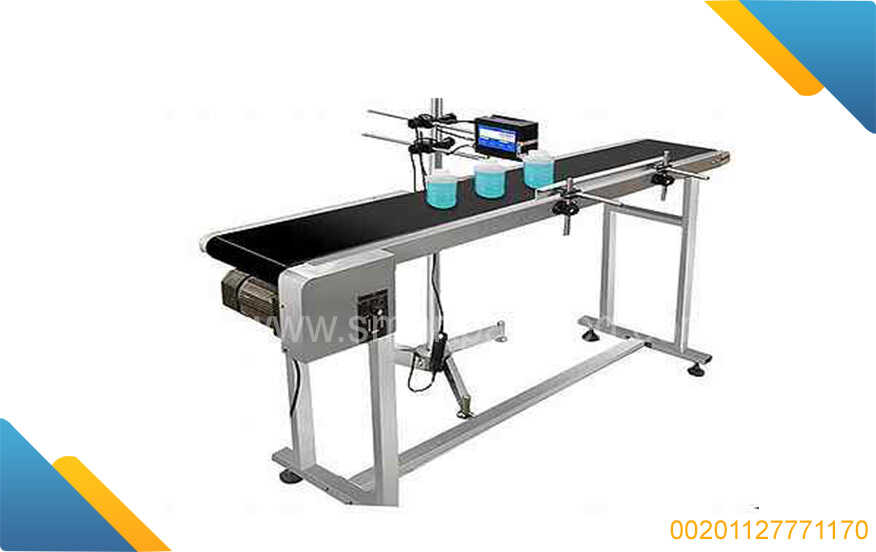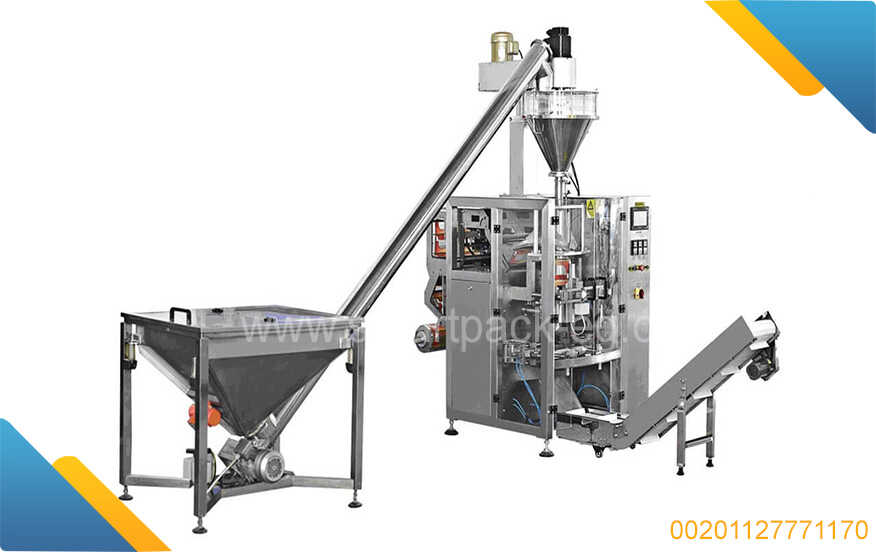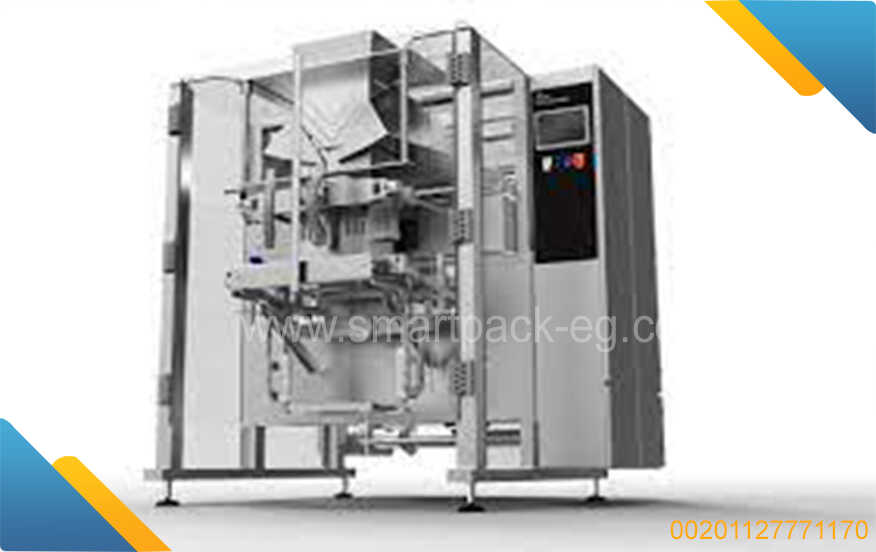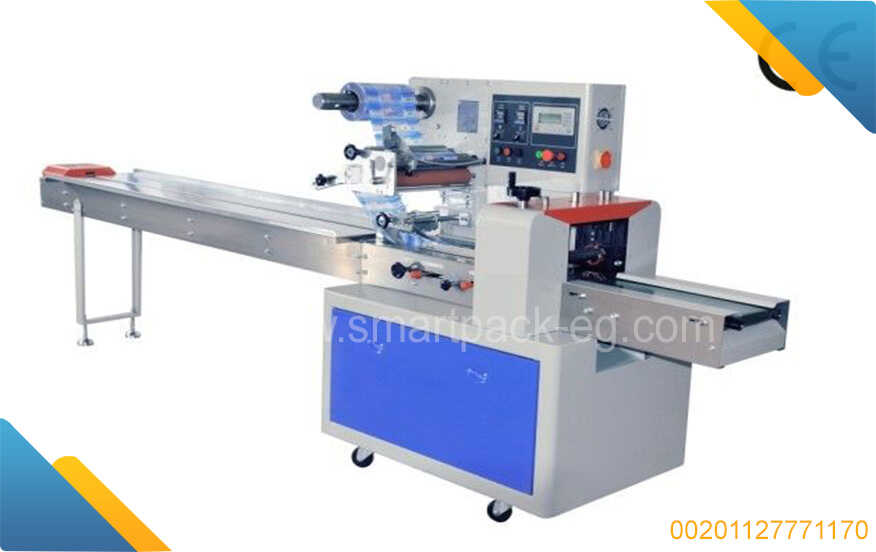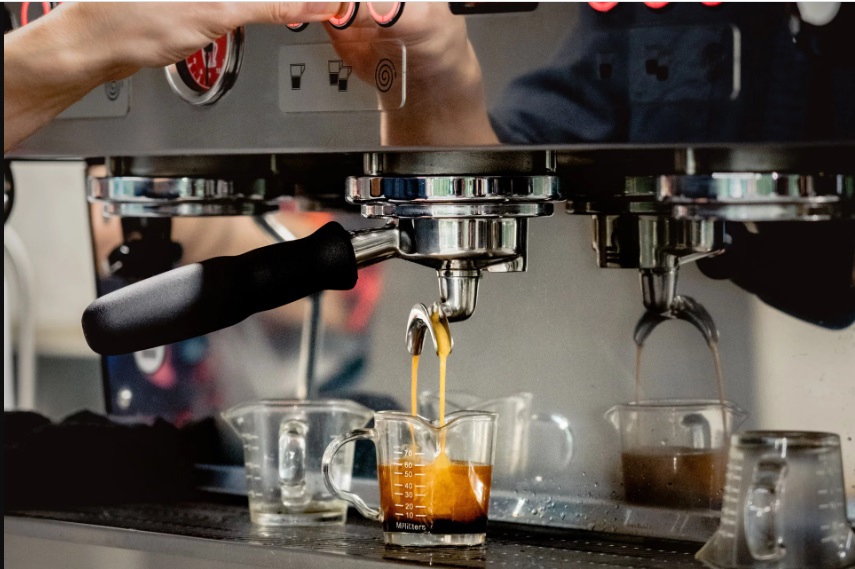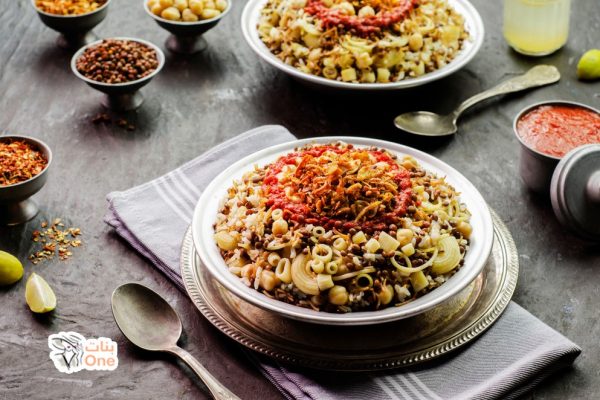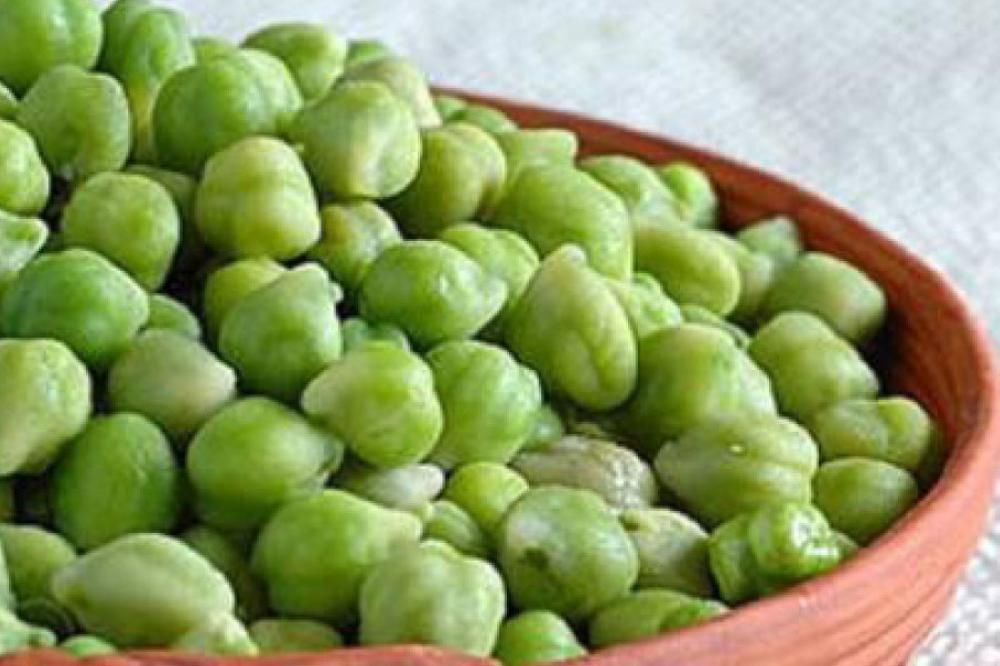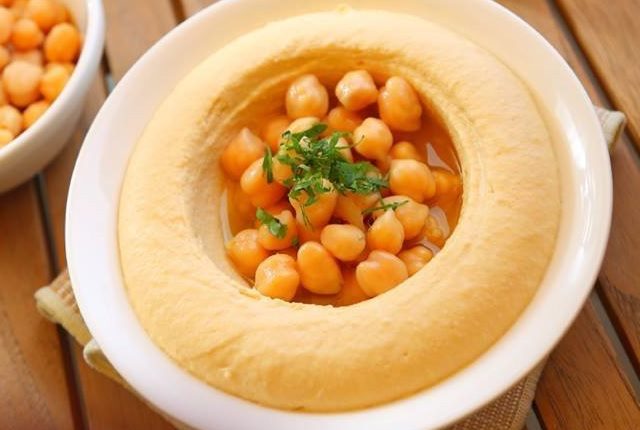Title: How to Make Raisins and Grow Grapes in Syria: A Comprehensive Guide
Introduction:
Syria, with its favorable climate and rich soil, offers an ideal environment for cultivating grapes and producing delicious raisins. This guide aims to provide a step-by-step process for growing grapes, making raisins, and even exploring the usage of raisin packaging machines. Whether you're an experienced farmer or a novice grower, this guide will equip you with the knowledge needed to flourish in grape cultivation and raisin production.
Table of Contents:
-
Understanding Grape Varieties in Syria
-
Preparing and Establishing a Grape Vineyard
-
Nurturing Grapes: Soil Care and Fertilization
-
Pruning and Training Grapevines
-
Protecting Your Grape Crop from Pests and Diseases
-
Harvesting and Preparing Grapes for Raisin Production
-
Making Raisins: Sun-Drying Method
-
Using Raisin Packaging Machines for Efficiency
-
Tips for Successful Raisin Production
-
Understanding Grape Varieties in Syria:
Syria boasts a diverse selection of grape varieties suitable for raisin production. Some popular cultivars include the Sultana (Thompson Seedless), Malaga, Zante Currant, and Flame Seedless. Each variety has unique characteristics that may influence your choice based on climatic conditions and target market preferences. -
Preparing and Establishing a Grape Vineyard:
a. Site selection: Choose a sunny location with well-drained soil.
b. Soil preparation: Conduct a soil test to identify any deficiencies and amend accordingly.
c. Planting vines: Space vines adequately, typically 6 to 8 feet apart, based on the variety requirements.
d. Trellis system installation: Establish a trellis system to support vine growth and fruit development. -
Nurturing Grapes: Soil Care and Fertilization:
a. Irrigation: Provide consistent irrigation, especially during dry periods.
b. Mulching: Apply organic mulch to conserve moisture, control weeds, and regulate soil temperature.
c. Fertilization: Periodically apply balanced fertilizers based on soil test recommendations.
d. Disease and pest management: Monitor vines regularly and address any issues promptly with appropriate treatments. -
Pruning and Training Grapevines:
a. Pruning: Conduct annual pruning during dormancy to remove excess growth and ensure proper fruit production.
b. Training: Guide vine growth along the trellis system, encouraging well-spaced branches for optimal fruiting. -
Protecting Your Grape Crop from Pests and Diseases:
a. Integrated pest management (IPM): Adopt IPM techniques to minimize chemical use and rely on cultural, biological, and physical pest control methods.
b. Disease prevention: Apply appropriate fungicides and follow cultural practices to prevent fungal diseases common to grapevines. -
Harvesting and Preparing Grapes for Raisin Production:
a. Timing: Harvest grapes when they reach the desired sugar content, usually early autumn.
b. Sorting and cleaning: Remove damaged or unripe grapes and wash them gently.
c. Drying trays or racks: Select a clean, well-ventilated area to lay out the grapes for the drying process. -
Making Raisins: Sun-Drying Method:
a. Lay grapes on trays or racks with adequate spacing.
b. Place trays in a sunny location with good air circulation.
c. Allow the grapes to dry for several days, turning them occasionally for even dehydration.
d. Monitor the moisture content to ensure raisins' desired consistency is achieved. -
Using Raisin Packaging Machines for Efficiency:
a. Consider investing in modern raisin packaging machines.
b. These machines can weigh, sort, package, and seal raisins quickly and efficiently.
c. Select a machine that suits the scale and requirements of your raisin operation.
d. Properly package raisins to preserve their quality and extend shelf life. -
Tips for Successful Raisin Production:
a. Maintain a close eye on vine health and care, facilitating optimum yields.
b. Continuously educate yourself about new grape-growing and raisin-making techniques.
c. Develop relationships with local markets or exporters to ensure a reliable market for your raisins.
d. Stay updated with regulations and certifications necessary for exporting raisins to international markets.
Conclusion:
By following this comprehensive guide, you can successfully grow grapes, produce high-quality raisins, and even explore the benefits of using raisin packaging machines for efficiency and productivity. Remember that grape cultivation requires dedication, knowledge, and continuous improvement. Enjoy the fruits of your labor and contribute to the vibrant raisin industry in Syria.

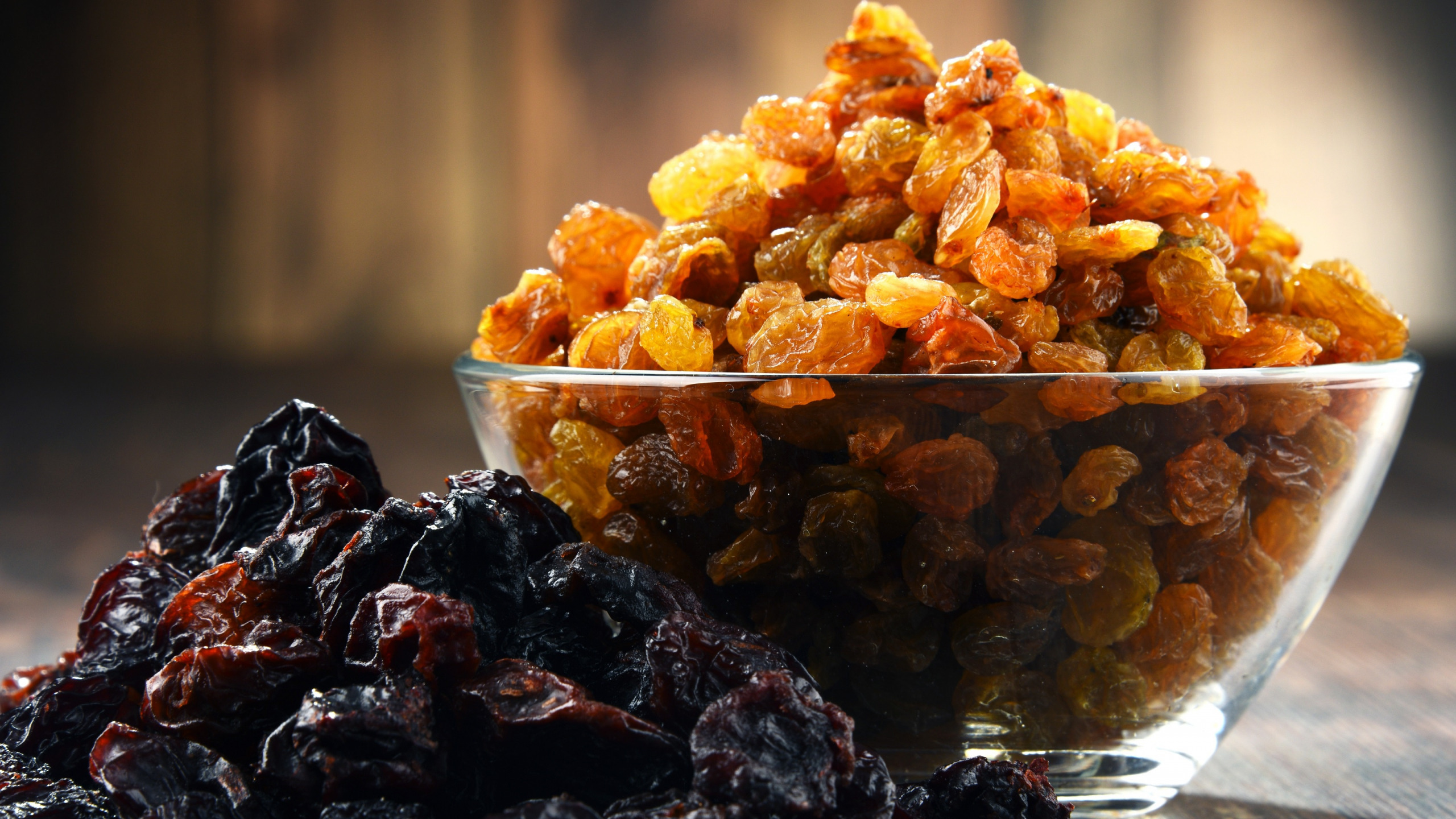

 Admin
Admin 